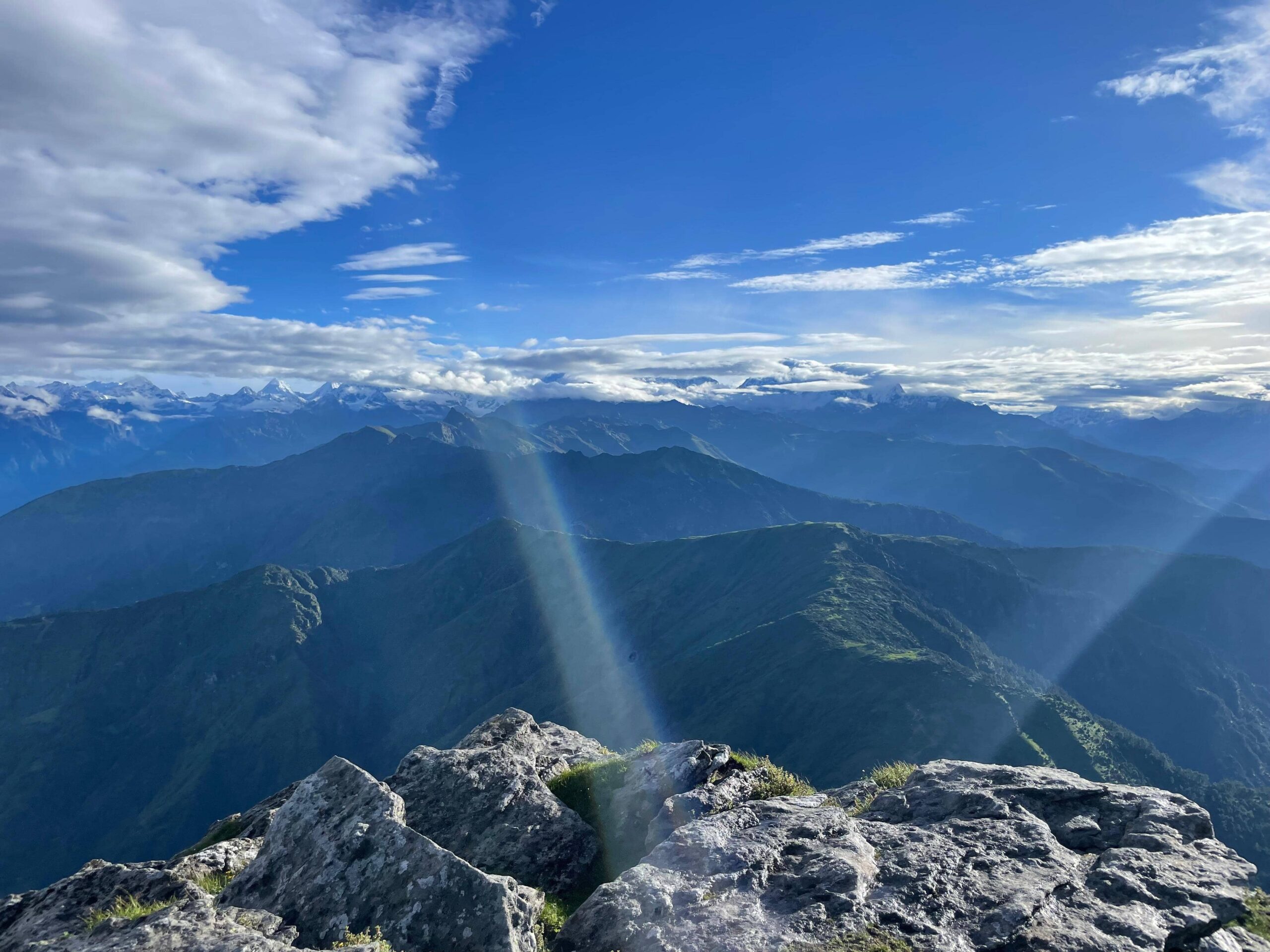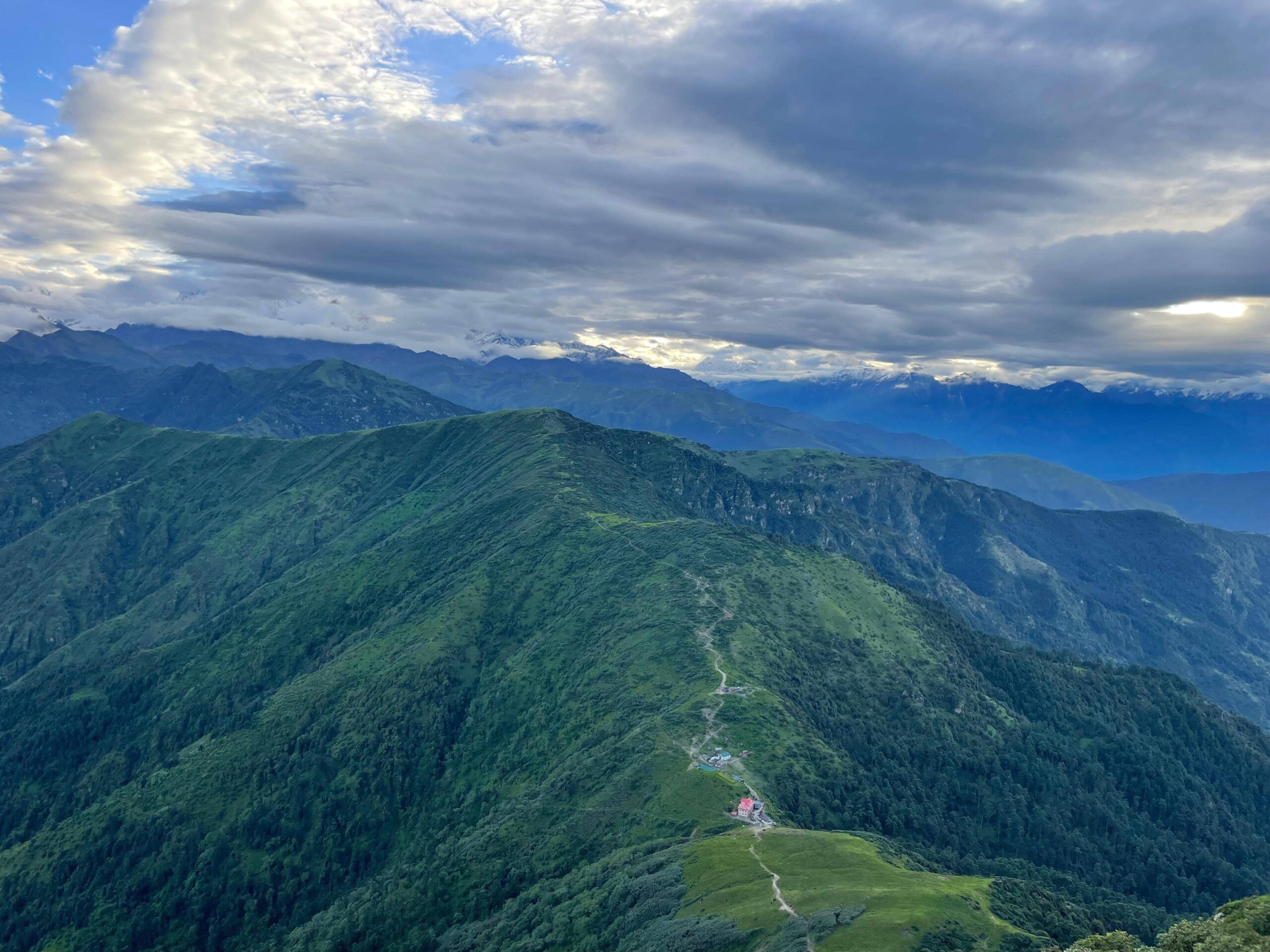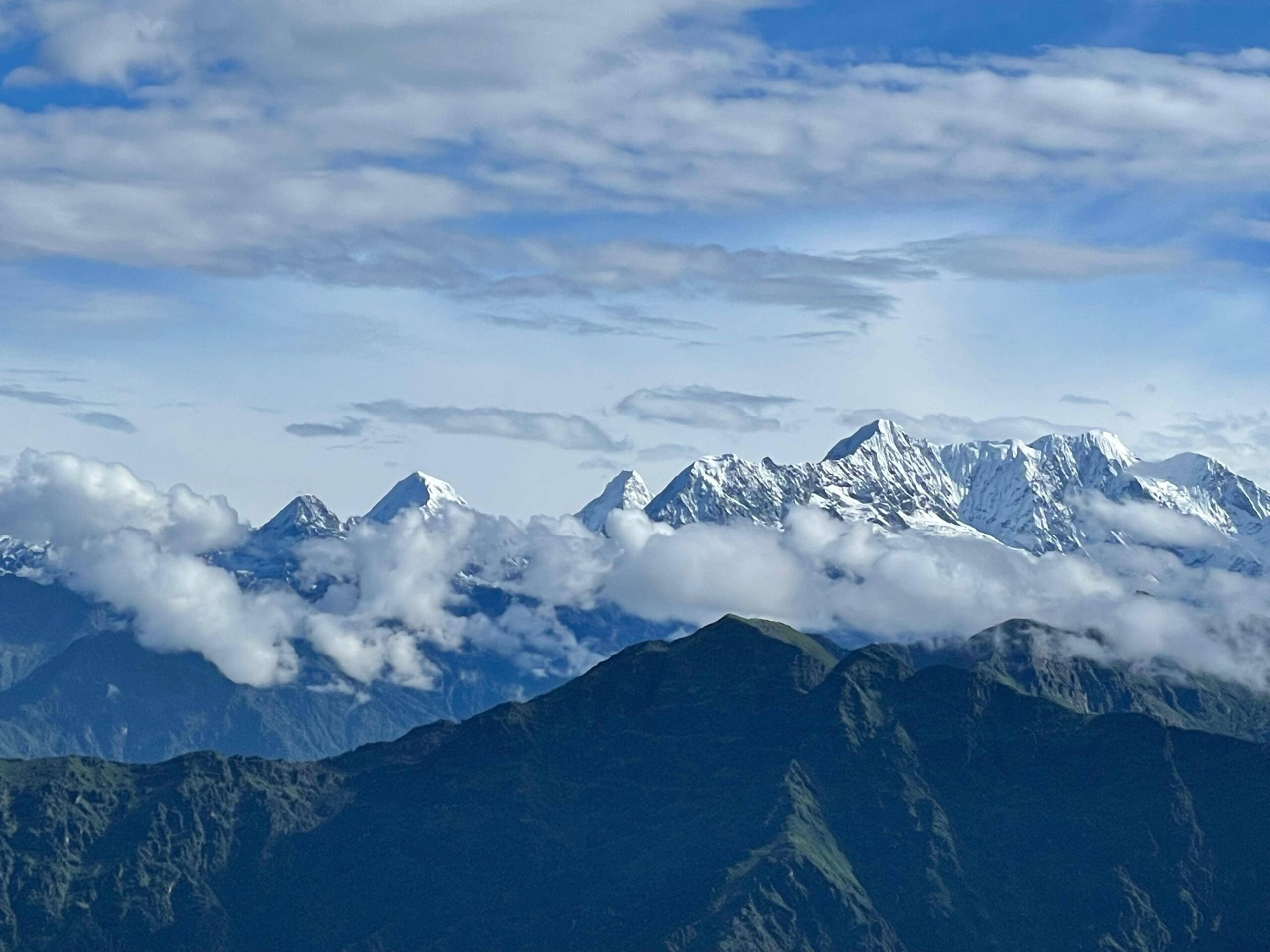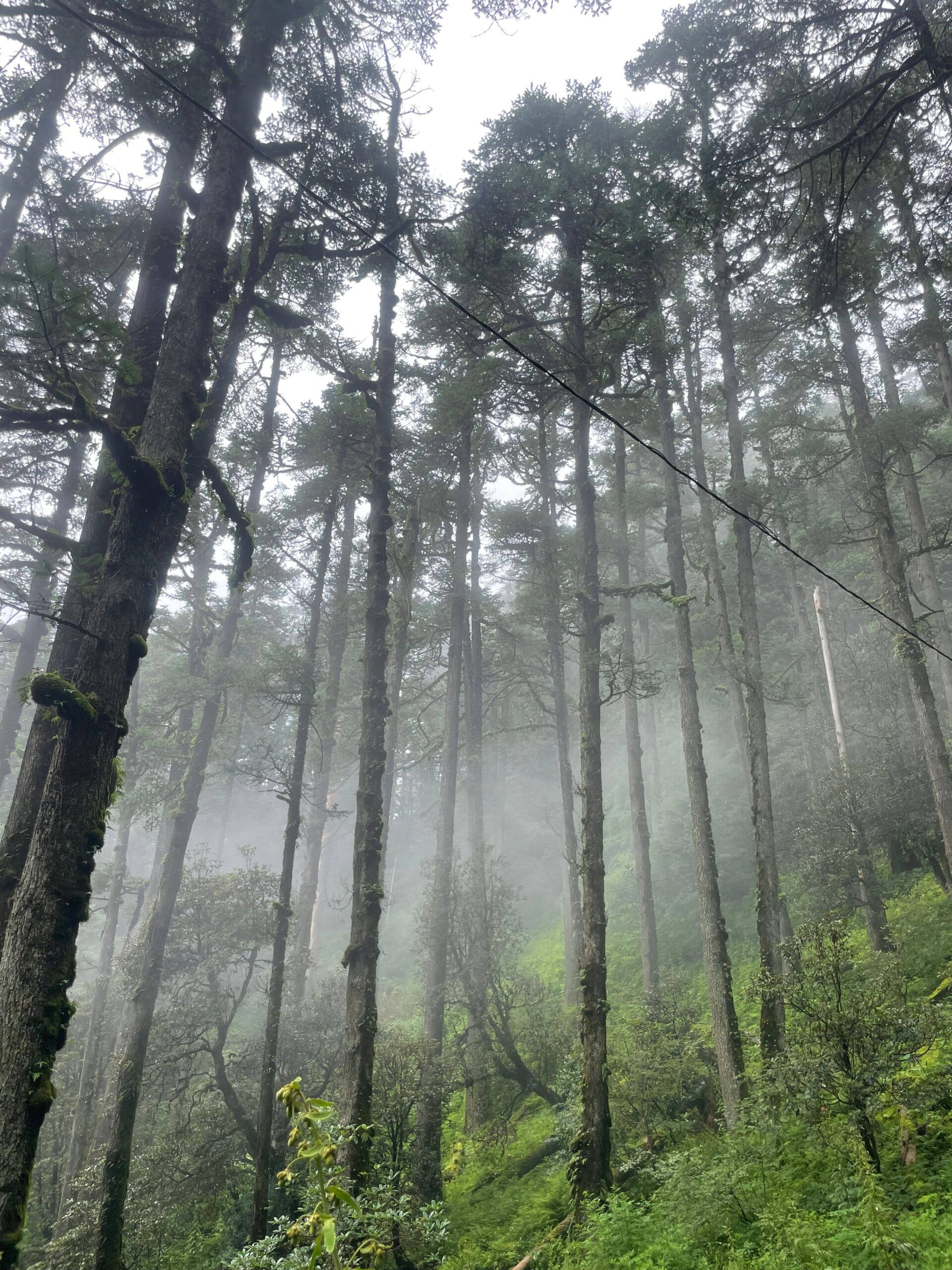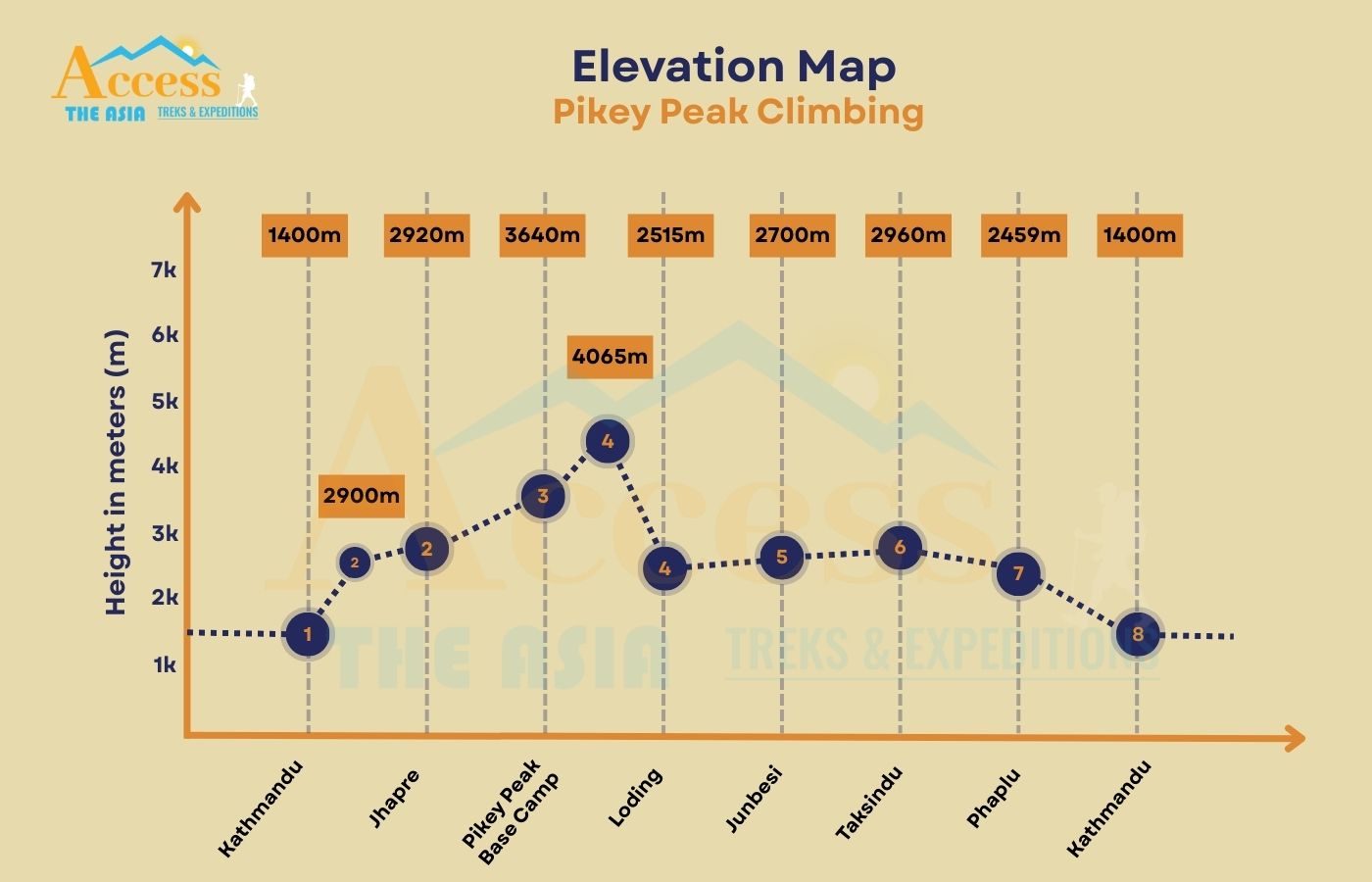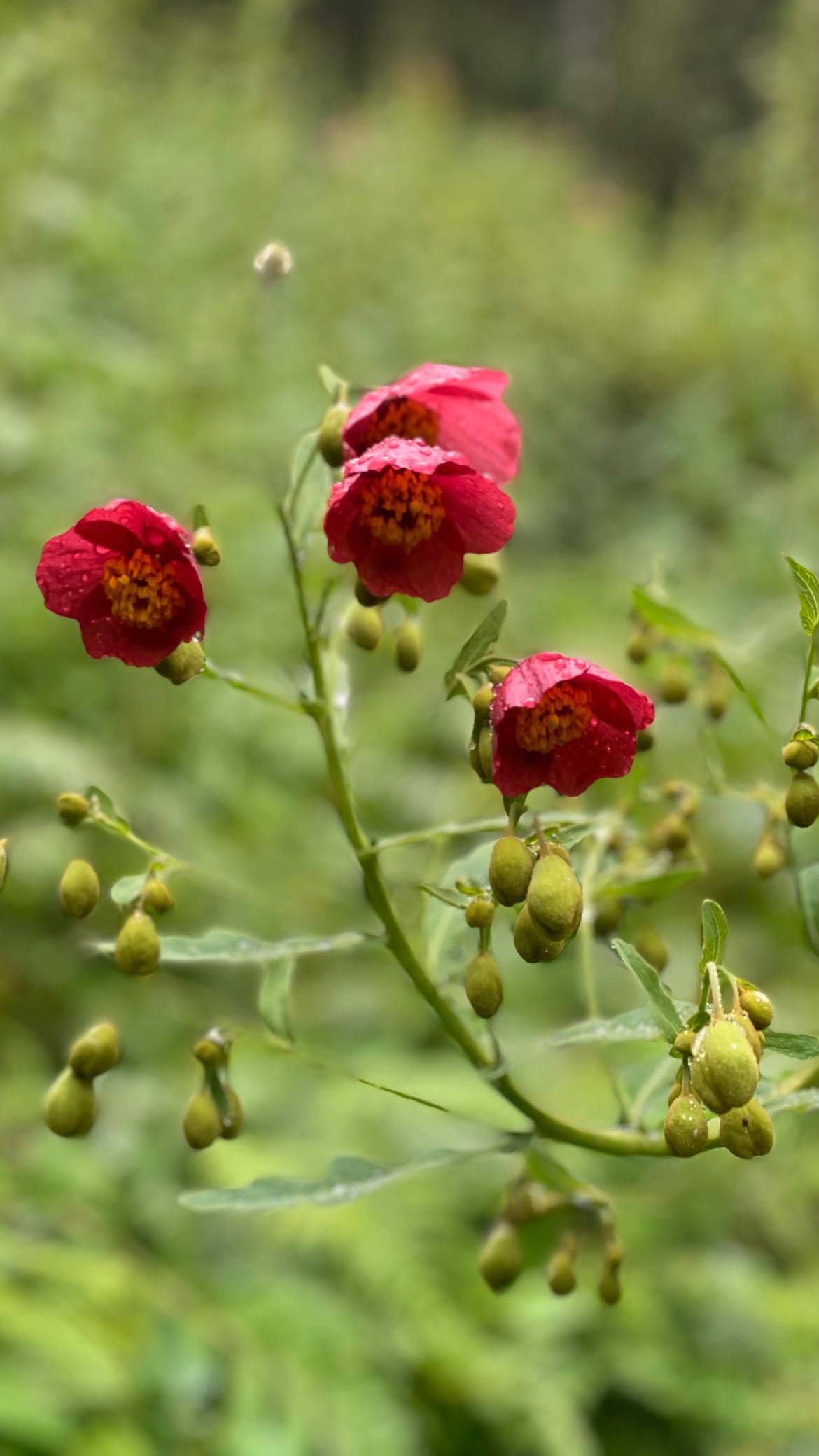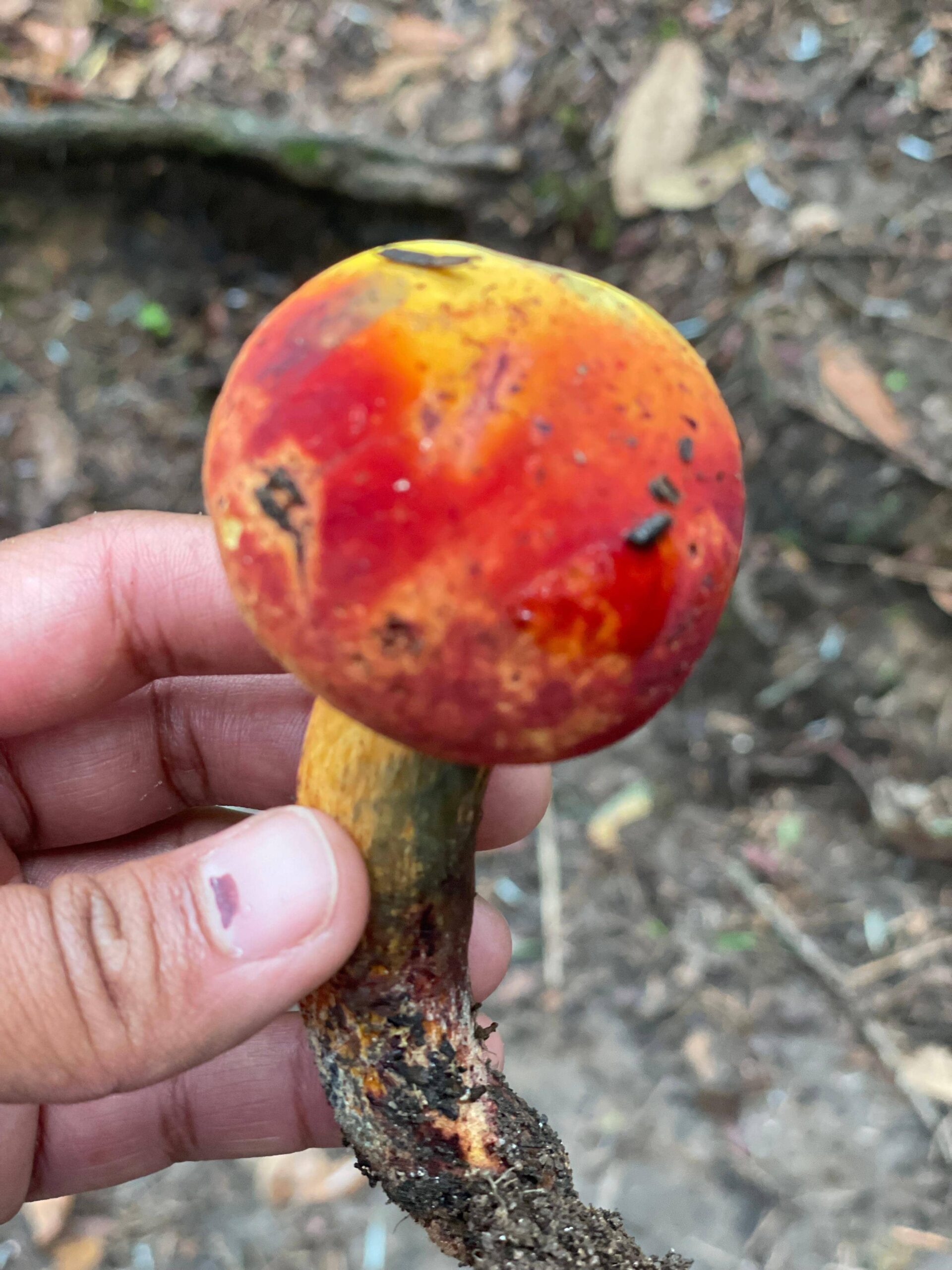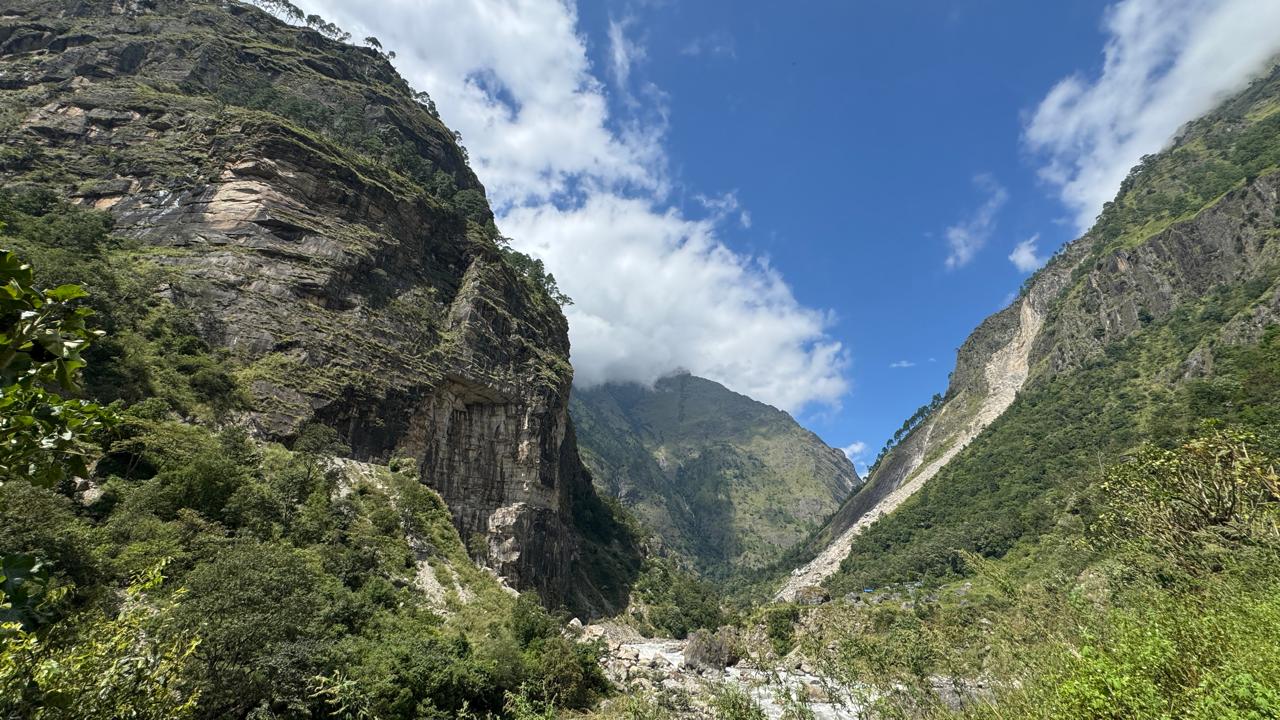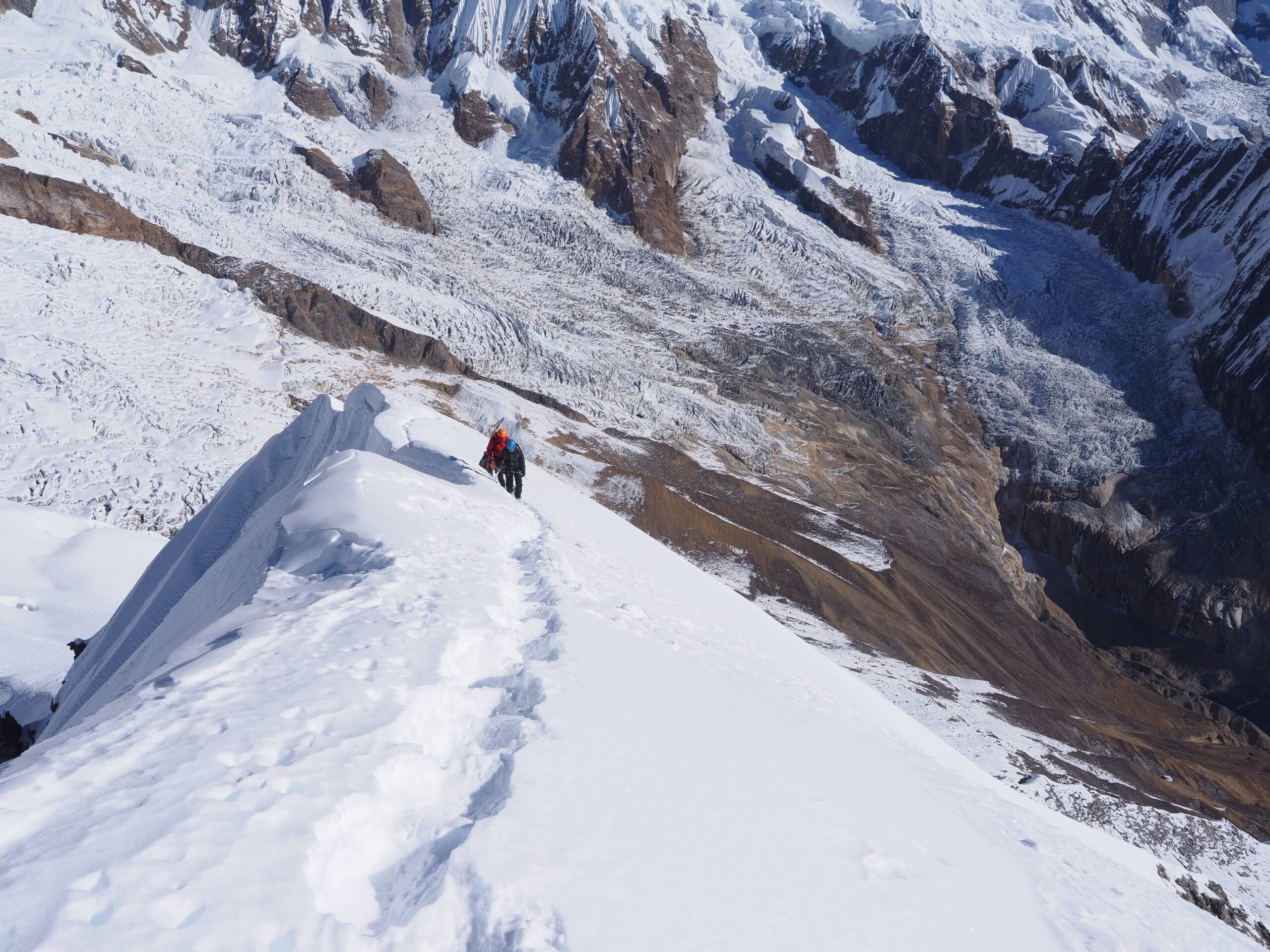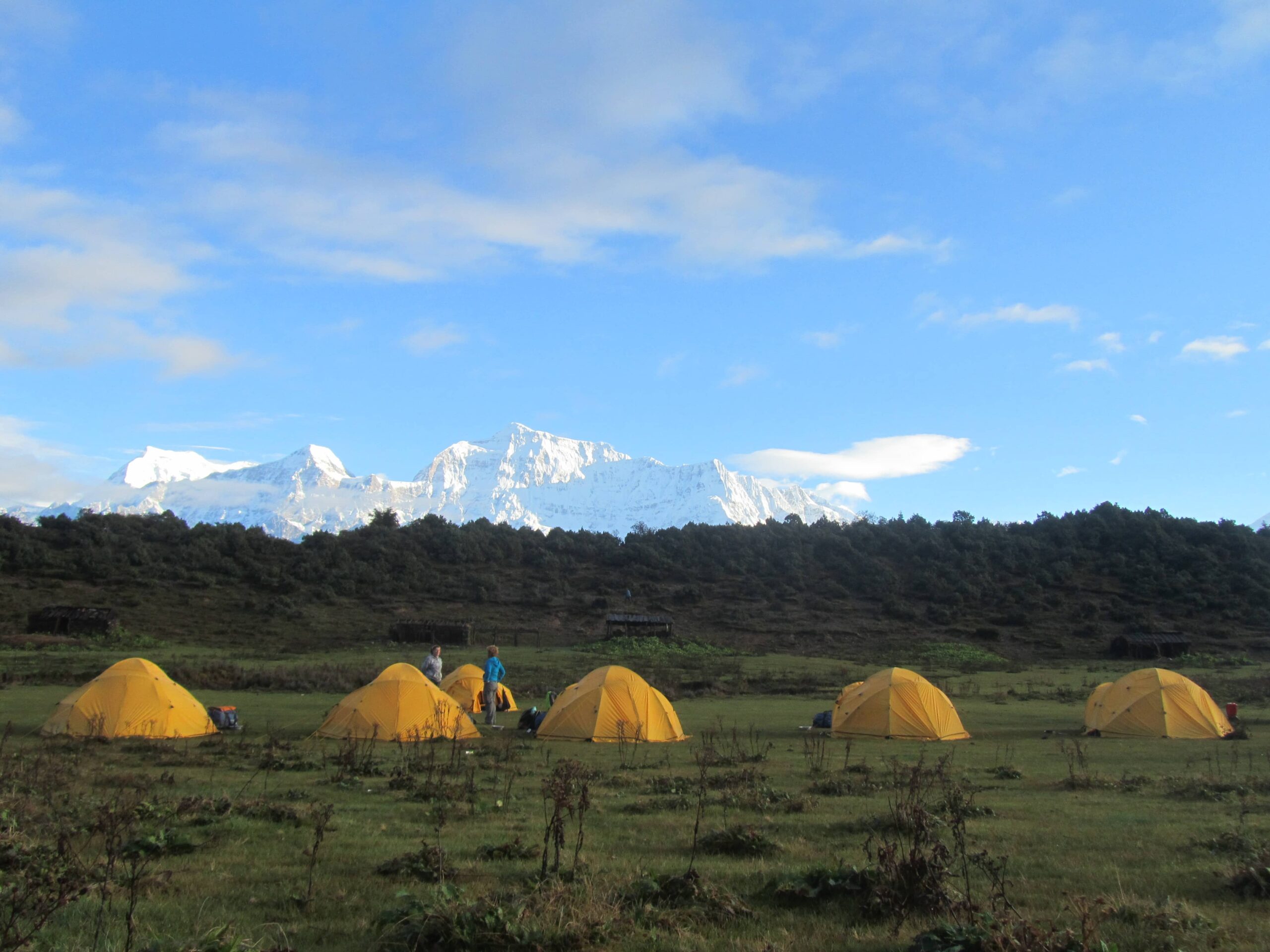A challenging and rewarding climb, reaching its peak at 4,065 meters from Pikey Peak Base Camp at 3,640 meters is usually done in the wee hours of the morning. Usually lasting two to three hours, the ascent to the summit starts early in order to see the magnificent sunrise over the Himalayas. Trekkers must negotiate a treacherous and difficult trek to reach the peak’s viewpoint, where they are rewarded with breathtaking views of Everest, Makalu, and Kanchenjunga, among other of the highest peaks in the world. This quick but thrilling ascent is the apex of the trekking experience, providing hikers with a Himalayan views they won’t soon forget.
Trekkers start their descend from the summit down to Pikey Peak Base Camp after witnessing the magnificent dawn from Pikey Peak. Retracing the earlier trail through breathtaking views of the mountains typically takes one to two hours. After returning to base camp, adventurers relish their well-earned rest, relishing in the knowledge that they have reached the summit and soaking in the final vistas of the Himalayan range.
Trekkers start up the trail toward 2,515-meter-high Loding from Pikey Peak Base Camp. The hike to Loding is roughly 15 to 20 kilometers long and takes 5 to 7 hours to finish. There are moderate slopes and a variety of topography, including pathways through forests and sporadic clearings, on the descent from Pikey Peak Base Camp’s higher elevations. Trekkers enjoy the peace and quiet of the Himalayan foothills as they progressively descend through breathtaking scenery, passing by Sherpa communities, and arrive at Loding, where cozy lodgings and a warm welcome await.
- An overnight stay at Loding.
- Trek Duration: 7-8 hours
- Trek distance: 14 km
- Accommodation: Best available Hotels/Tea Houses/Lodge

